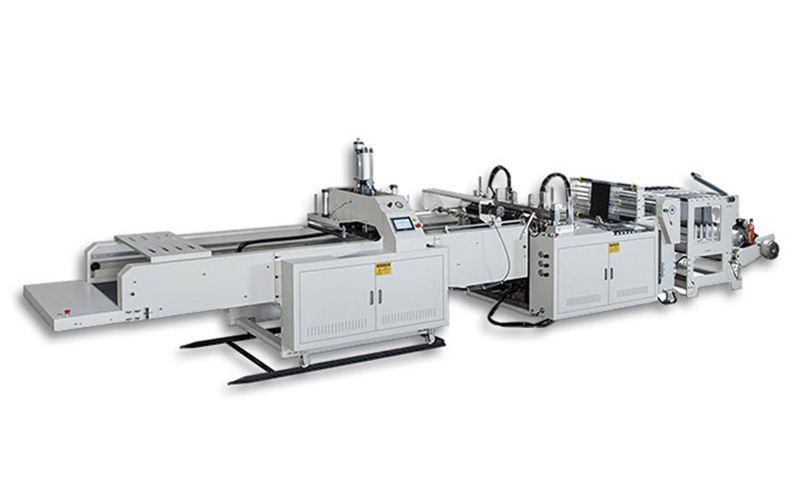Even with a well-chosen Bag Making Machine, daily use can bring problems that slow production, reduce quality, and raise costs. Small mistakes—like material waste, breakdowns, or operator errors—often snowball into big delays. This guide explains key issues to avoid and simple fixes, helping keep your workflow steady and efficient.
1. Poor Material Preparation
Material preparation is a frequently overlooked step that leads to Bag Making Machine issues. Plastic rolls with excess moisture (from damp storage) or uneven thickness can create bags with holes, uneven seals, or misaligned edges.
Fix this by storing materials in a dry, cool space (away from direct humidity) and checking thickness with a caliper before loading. These simple pre-checks prevent wasted rolls and unplanned production stops.
2. Ignoring Routine Maintenance
Skipping small maintenance tasks leads to major Bag Making Machine problems over time. Worn blades or rollers, for example, cause rough cuts or misaligned bags if not replaced promptly. Even small issues—like dust buildup on sensors—can trigger false alarms that halt production.
Set a regular schedule: clean key parts (like sealing bars) after daily use, check for loose screws weekly, and lubricate moving components monthly. This takes little time but extends the machine’s life and avoids costly repairs.
3. Incorrect Parameter Settings
Wrong settings (temperature, speed, pressure) are a top reason for bad bags. Too high sealing temperature melts plastic; too low leaves weak seals that split easily. Rushing adjustments when switching bag types (e.g., from small to large bags) adds more errors.
Follow the machine’s user guide for recommended settings per material or bag size. Test with 10-20 sample bags first—check seals and cut edges—before starting full production. This ensures consistent quality and avoids wasting large batches.
4. Neglecting Safety Rules
Safety mistakes don’t just hurt operators—they halt production for hours or days. Skipping safety guards (to “save time”) or rushing tasks (to meet tight deadlines) can cause hand injuries, broken parts, or even machine overheating.
Never bypass safety features (like emergency stops or guard rails). Train all operators on proper use—including how to shut down the machine safely if issues arise. A safe workspace keeps the machine running and avoids costly downtime from accidents.
5. Inadequate Operator Training
Even a high-quality Bag Making Machine works poorly if operators don’t understand its functions. Untrained staff may miss warning lights, use the wrong tools for adjustments, or misinterpret error messages—all leading to delays.
Provide hands-on training: walk operators through daily startup checks, basic troubleshooting (e.g., fixing minor jams), and how to log issues. Schedule monthly refresher sessions to cover new tips (like optimizing speed for thin materials). Well-trained teams use the machine more efficiently and spot problems early.
Conclusion
Avoiding these common Bag Making Machine issues is simple—just focus on small, consistent steps. Prep materials well, do routine maintenance, set parameters carefully, follow safety rules, and train operators properly. This cuts waste, reduces breakdowns, and keeps production running smoothly.
If you want to learn more about Bag Making Machines designed for easy maintenance and stable operation—plus tips to optimize their use—visit our product page for detailed info that matches real-world operational needs.









